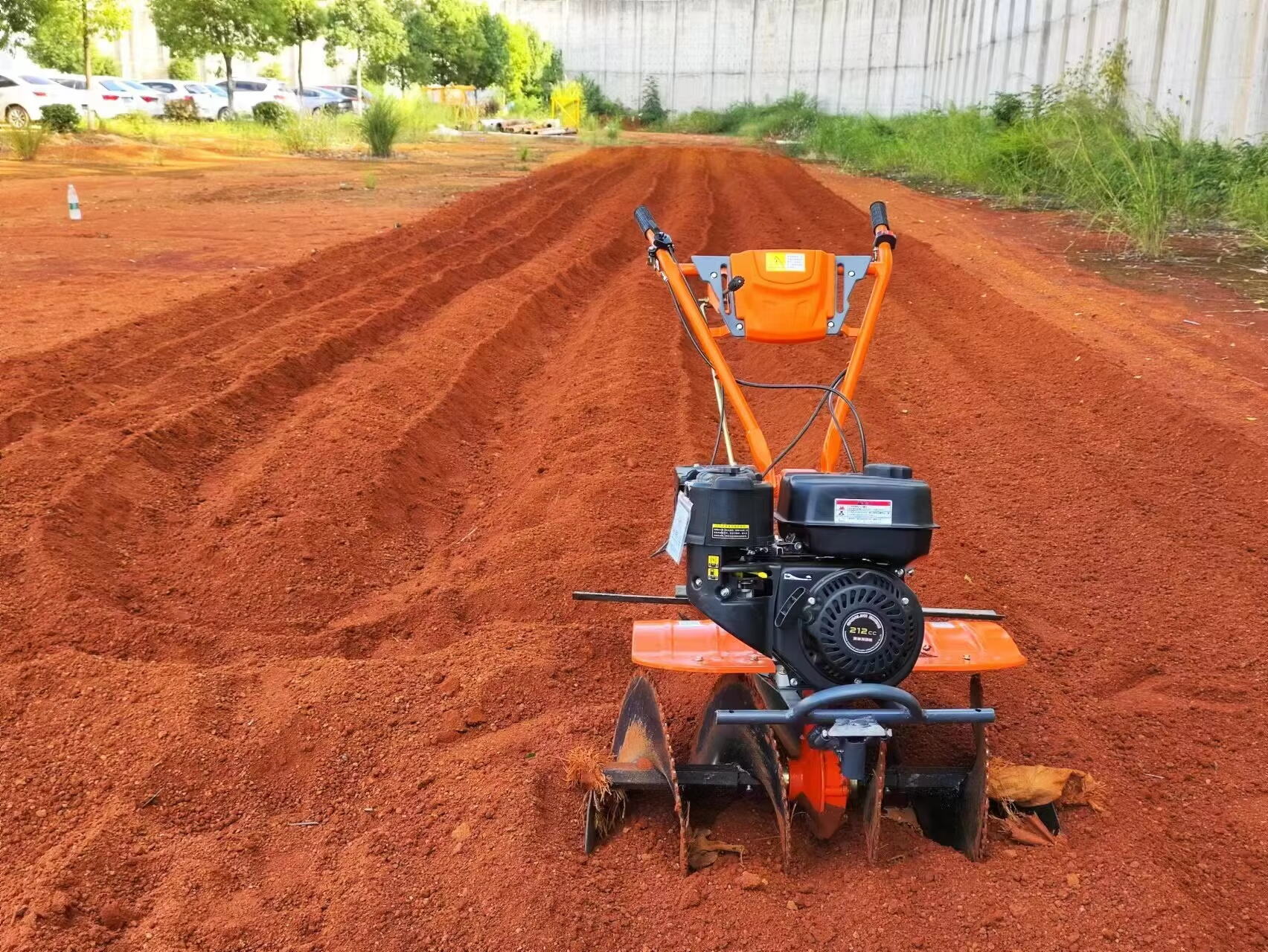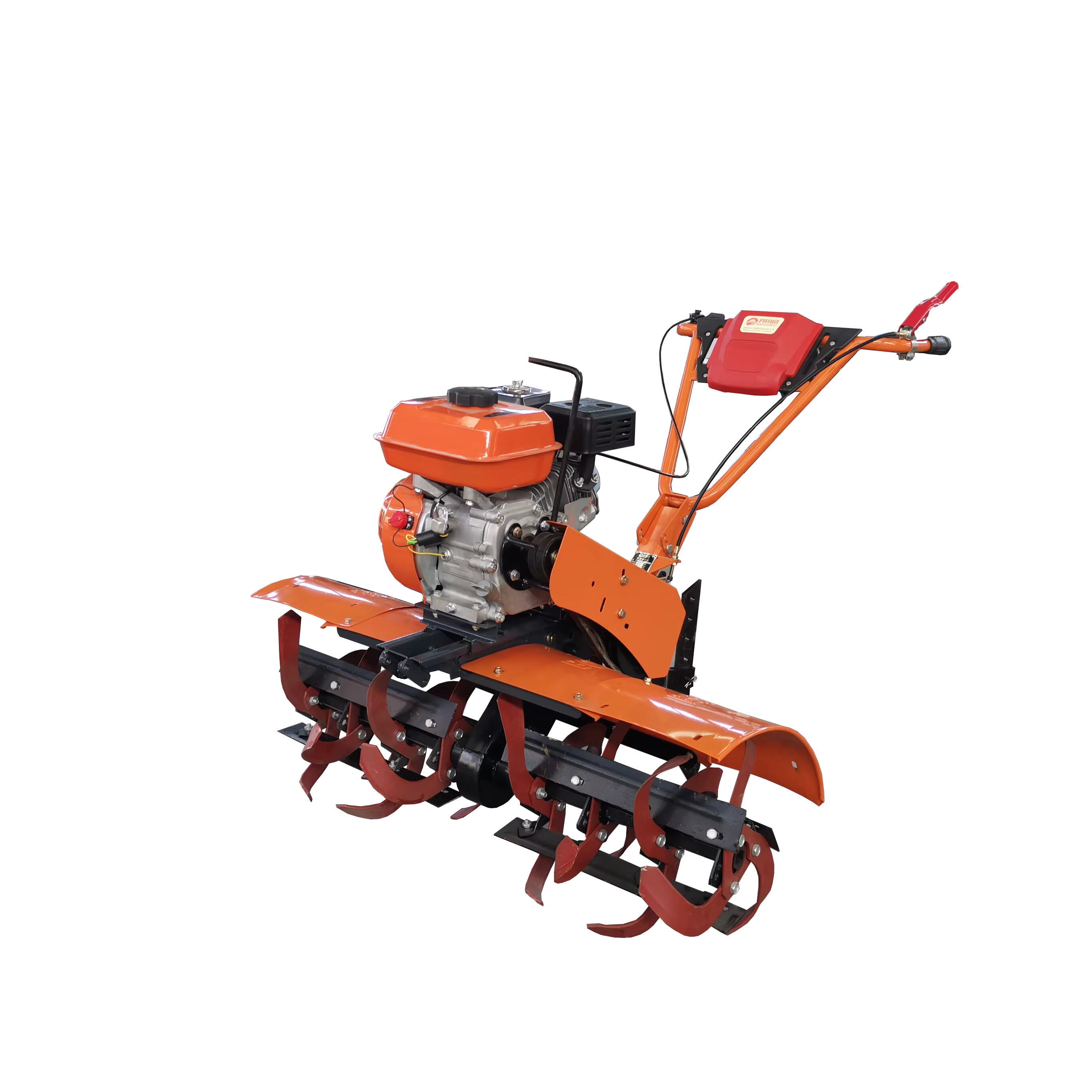Modern Soil Preparation Techniques for Greater Crop Success
A well-prepared field lays the foundation for a successful harvest, regardless of the crop. Among the many pieces of agricultural equipment used today, the rotary cultivator remains one of the most versatile and widely adopted tools for soil cultivation. It simplifies the process of turning, breaking, and mixing soil, making it more suitable for planting and improving soil aeration. For farmers working in small vegetable gardens, medium-sized fields, or larger commercial farms, a rotary cultivator offers value through performance and efficiency.
As more growers embrace precision farming and look for tools that can integrate with existing practices, the rotary cultivator provides an adaptable and time-saving solution. With various blade types, adjustable working depths, and compatibility with different soil types, it offers excellent customization options. For those unfamiliar with its design and benefits, this blog offers a comprehensive look at the rotary cultivator, how it works, and what makes it an essential investment.
Understanding the Design of a Rotary Cultivator
Structure and Mechanical Components
A rotary cultivator consists of rotating blades, commonly referred to as tines, that dig into the soil while the machine is either pushed manually or towed by a tractor. The rotating motion is powered either by a gas engine in walk-behind models or by the power take-off (PTO) in tractor-mounted units. The blades are arranged in specific patterns to ensure optimal contact with the soil, breaking it apart and blending organic material evenly.
The frame, gearbox, tine shaft, side guards, and wheels (if present) contribute to the stability and performance of the rotary cultivator. Some versions allow for depth adjustment, tine spacing modifications, or gear shifts that affect rotation speed and torque. This modularity is especially important when working with different soil types, as sandy soils require different handling than compact clay-based ground.
Primary Functions in Soil Preparation
The core function of a rotary cultivator is to till and mix soil. It helps eliminate weeds, integrate compost or fertilizer, and improve overall soil structure. Its rapid blade rotation breaks down soil clumps while maintaining consistent ground penetration. In some models, it can even be used for shallow trenching or inter-row cultivation between crop lines.
A rotary cultivator is also ideal for preparing seedbeds by creating a fine soil texture and promoting even moisture distribution. In commercial settings, rotary cultivators reduce the need for repeated manual hoeing or plowing, helping farmers save labor and reduce turnaround time between crop cycles.

Choosing the Right Rotary Cultivator for Your Farm
Size and Power Considerations
Rotary cultivators come in a wide range of sizes and power ratings. Small-scale gardeners might prefer lightweight, electric-powered rotary cultivators, while large farm operations typically require tractor-mounted models that span several feet in width. The selection depends heavily on the size of the field, soil conditions, and the type of crop being grown.
Tilling depth and blade configuration are also important. Some rotary cultivators offer tines designed for deep soil penetration, while others are optimized for surface-level mixing. Always consider your soil texture and typical growing conditions before selecting a rotary cultivator to ensure compatibility with your operation.
Attachments and Customization Options
Some rotary cultivators support additional attachments such as row markers, furrow openers, or even irrigation drippers. These accessories make them multifunctional tools, reducing the need to switch between machines during planting cycles. The ability to switch between different blade types and adjust working width makes them adaptable to various crops and row spacings.
Customizable tine speeds or gearboxes further enhance performance by enabling operators to match soil resistance. Some high-end models even offer reverse-rotation features, allowing for better handling of heavy clay soils or freshly cleared land. Farmers investing in such rotary cultivator systems often benefit from reduced downtime and maintenance costs.
Operational Efficiency and Soil Health Benefits
Time and Labor Savings
The rotary cultivator dramatically reduces the time required for soil preparation. Compared to manual tilling or traditional plows, it covers a broader area in a shorter period while achieving more uniform results. With a single pass, a rotary cultivator can loosen compacted soil, incorporate nutrients, and level the field.
Operators can also enjoy reduced fatigue and better working conditions when using powered models. With proper use, a rotary cultivator requires fewer passes over a field, which helps minimize fuel consumption and machine wear. Its ability to perform multiple functions at once makes it a key asset for sustainable farming.
Enhancing Soil Structure and Fertility
Tilling the soil using a rotary cultivator introduces oxygen into deeper layers, improving microbial activity. This activity plays a vital role in decomposing organic matter and enhancing nutrient availability for crops. The even incorporation of compost, manure, or chemical fertilizers ensures that plants receive balanced nutrition throughout their growth cycle.
Additionally, by disrupting weed root systems and burying weed seeds, rotary cultivators help reduce reliance on herbicides. The minimized use of chemicals contributes to more sustainable farming practices and supports healthier crop production.
Maintenance Guidelines for Long-Term Use
Daily and Seasonal Checks
To keep a rotary cultivator in optimal working condition, operators must perform routine maintenance. Daily inspections should include checking for loose bolts, worn blades, oil leaks, and proper lubrication of the gearbox. The tines should be cleaned after every use, especially when working in wet or sticky soils.
Seasonal storage and inspection routines are equally important. At the end of a harvest cycle or before winter, the rotary cultivator should be cleaned thoroughly, blades sharpened or replaced, and gearboxes drained or refilled with clean oil. Rust-preventive sprays or grease can be applied to metal components for long-term storage.
Blade Replacement and Safety Protocols
Since the tines of a rotary cultivator face constant wear, it’s important to inspect them regularly for bending, cracks, or dull edges. Replacing damaged tines maintains efficient cutting and reduces stress on the engine or gearbox. Most models offer easy access to the tine assembly for quick servicing.
Operators should also follow strict safety measures when using the rotary cultivator. These include wearing appropriate protective gear, avoiding contact with spinning tines, and shutting down the machine before adjusting or cleaning. Proper training and operation reduce the risk of injury and prolong the machine’s lifespan.
Versatility in Crop and Field Types
Application Across Multiple Crops
Rotary cultivators are not limited to a single type of farming. They are equally valuable for vegetable cultivation, grain preparation, orchard management, and greenhouse soil turnover. Their ability to adjust blade type and depth makes them effective across a wide spectrum of field conditions and planting needs.
Farmers cultivating onions, potatoes, carrots, or lettuce often use rotary cultivators to create fine-textured seedbeds. For larger crops like corn or soybeans, rotary cultivators help with pre-planting preparation and weed control. This adaptability makes the rotary cultivator one of the most useful tools in modern agriculture.
Adaptability in Confined or Uneven Terrain
In smaller or uneven plots, compact rotary cultivators are easy to maneuver and can handle tight corners or narrow rows. For hilly areas, self-propelled models with slope-adjustable tines allow for consistent tilling across different gradients. Operators can maintain uniform depth and stability even on rough terrain.
This flexibility is a major advantage for farms with variable field conditions or those engaged in diversified cropping. The ability to use one machine across multiple field formats maximizes equipment investment and minimizes machinery redundancy.
FAQ
What is the ideal depth for using a rotary cultivator?
The ideal depth typically ranges from 2 to 6 inches depending on the crop and soil type. For seedbed preparation, a shallower depth is often sufficient.
How often should rotary cultivator blades be replaced?
Blades should be replaced when they become dull, bent, or cracked. The frequency depends on usage intensity and soil abrasiveness but is often every 1 to 2 seasons.
Can rotary cultivators be used in wet soil?
It’s best to avoid using a rotary cultivator in very wet soil as it can lead to clumping and damage to soil structure. Slightly moist soil is optimal for tilling.
Are rotary cultivators suitable for organic farming?
Yes, rotary cultivators are often used in organic farming to control weeds and incorporate compost without chemicals, supporting sustainable practices.

